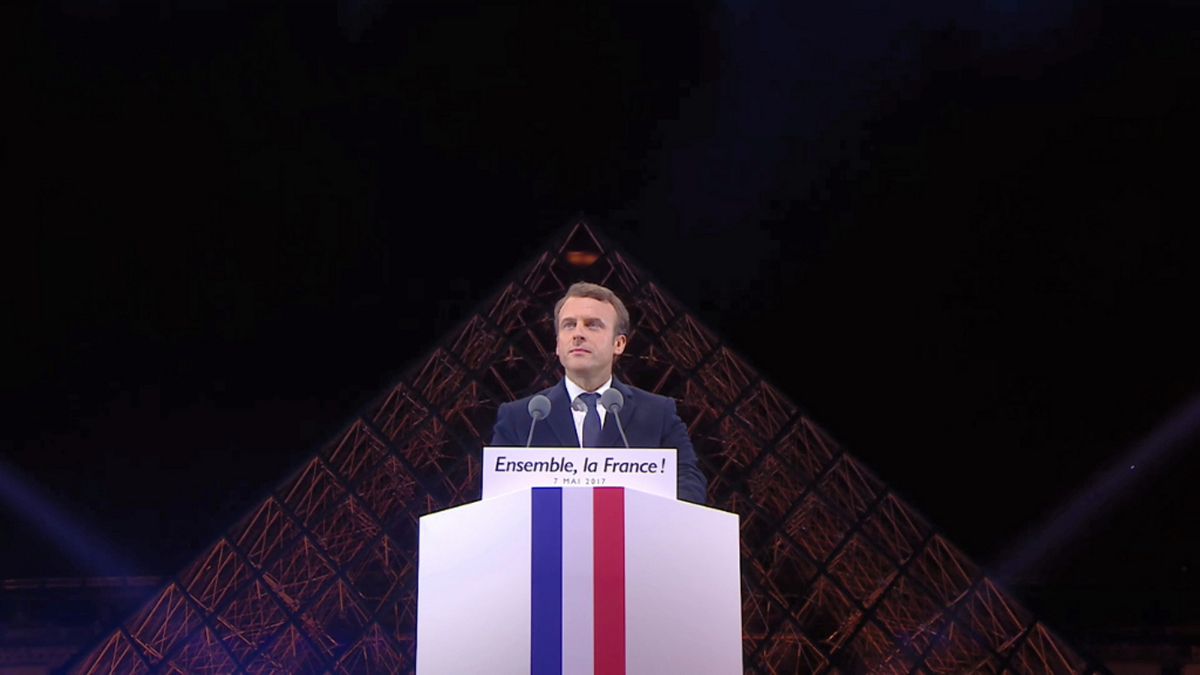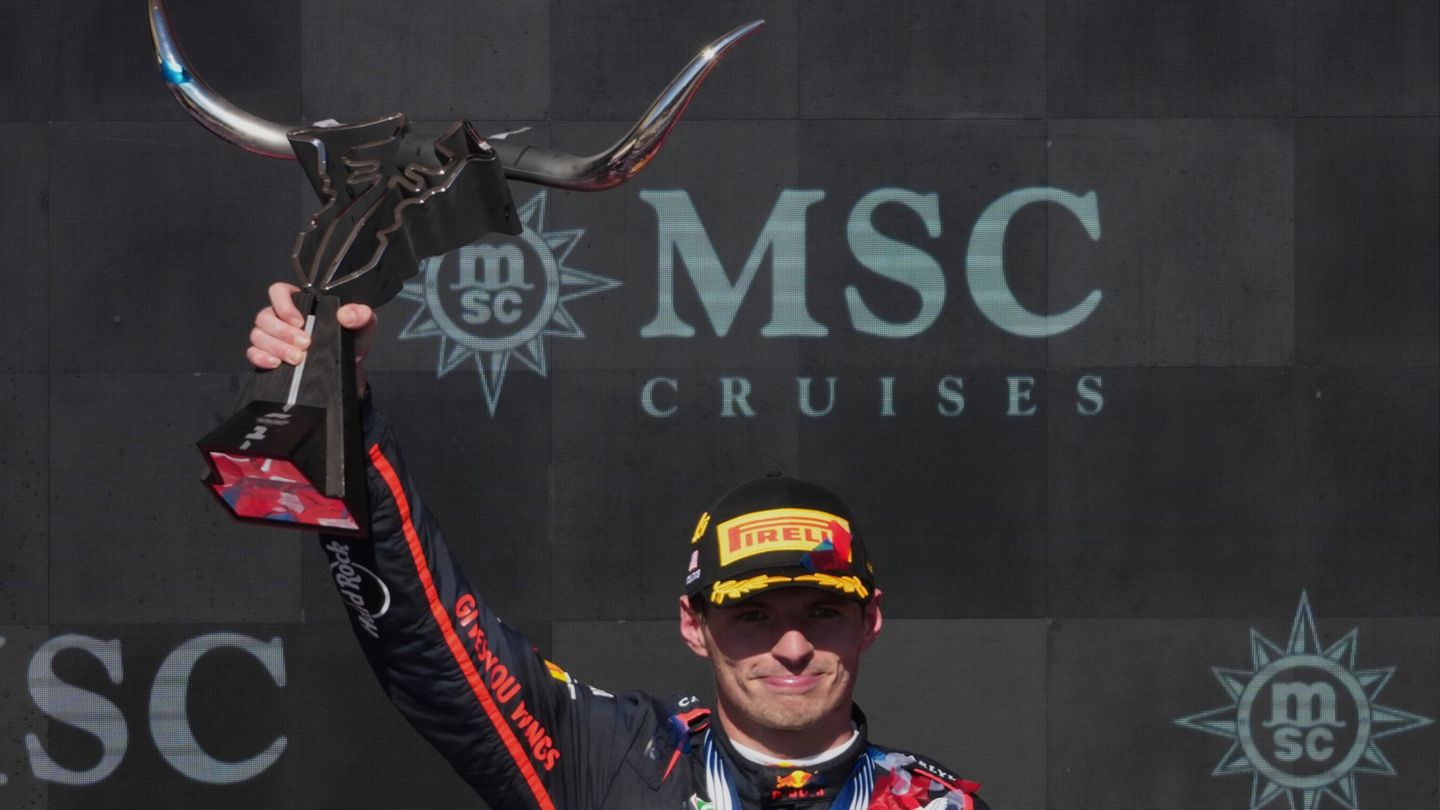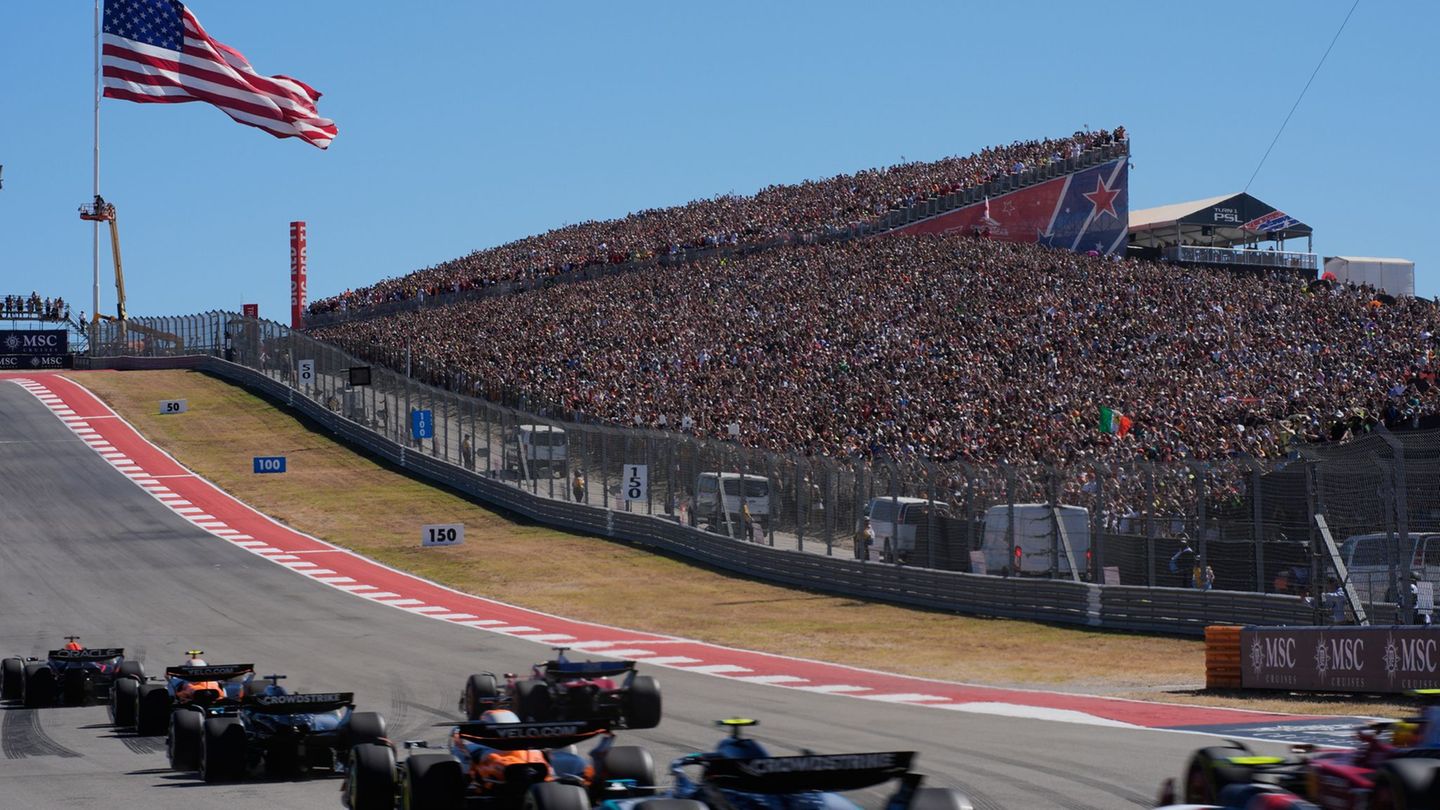With particular enthusiasm the president of the National Meat Institute (INAC), Conrado Ferberdescribes the achievements of his administration in terms of opening international markets and the process initiated to consolidate the link with the European Union (EU) despite demanding requirements. He says that local consumers today prefer quality over price.
– The meat business is currently a business that works very efficiently. It must be the most transparent sector due to the number of controls, including that of INAC, which has a good level of control. price fixing In beef, mainly, which is 90% of the market. The Uruguayan consumer has regulations that allow the entry of meat from abroad, which lowers prices or regulates them, according to the international market. We do not have large price spikes, either upwards or downwards, we have price stability.
It is a market with great international power. It is the only sector in which Uruguay Uruguay is among the top, between seventh and ninth place as a meat exporter in the world. It is well valued and we have a lot to grow, not so much in volume, but in prices. We must value the Uruguay brand. This is a job that has begun to be done in all the markets we have, at the same time that we continue working to open others.
So what are the markets we have today and which ones are on the way to opening up?
–Let’s start with South Americathe meat importing markets that are Chili, Brazil where we have growth possibilities, especially in beef, we have entry into Colombia. South America is already there. We don’t have much more to do beyond branding and improving our insertion. In the north, we are selling meat to everyone, USA This year it is the leading market, the one that has supplanted us in terms of demand at the price level of Chinawhich has fallen over the last two years. It is the one that grew the most this year and the one that pays the best.
Europe It is our historical market, which is open, but with a number of environmental difficulties, many regulations, many conditions and then we have Israel as something isolated between Europe and Asia, which this year allowed us meat with bones, both sheep and beef, and “took a leap” in terms of purchases.
The north of Africa and the Near East, it is growing, everything is enabled, we have Egypthave Saudi Arabiawhich we have been developing for the last two years, already going to AsiaChina is obviously open and is our leader in terms of volume with a big drop this year, but it is still very important in terms of volume and will continue to be very important.
The country exports 80% of its meat production, leaving only 20% for the local market. What is your take on this?
– The local market is strong. Previously, 66% was beef and the rest was chicken and pork. Today, the proportion of beef has dropped a little. We are at 47 kilos per person per year and we are still important consumers. Chicken and pork have gone up and we are at 95 kilos of meat consumption per inhabitant per year. These are important numbers. Meat consumption has increased significantly. According to a survey we conducted, people give importance to the quality of the product first, then to its integrity and only in third place are they giving importance to the price.
Meat with bone Export
Photo: US Embassy
What is Uruguay’s status regarding the requirements imposed by the European Union for purchasing our products and what does this requirement mean?
– They ask that all products that come from cows, whether meat or leather, have a certification that they are produced on land where the forest was not deforested. native forestObviously that doesn’t happen in Uruguay There are very few exceptions. There is a law that is 52 years old that prohibits the felling of native forests in Uruguay and punishes it very severely. It is the only country in Latin America where native forests grow. In addition, they ask that the company from which the meat or animal comes comply with labor and economic laws, that is, that they pay taxes and also comply with labor laws, that there is no child labor, that there is no slave labor, things that we know do not exist in Uruguay today, but they want definitive certification that this company is being controlled by the Ministry of Labor and for him Ministry of EconomyUruguay has all this information. This puts us in front of the need to generate a certification system that takes information from all these points. It is a more technological issue that is being demanded of us. The information is there and we are going to have a base at that level of information that allows us to undertake this certification without extra costs for the producer, the State will do it.
And what times are we in for that?
–We are working on the programming level. The January 1st line requires us to arrive and we will arrive. We will arrive. And, unless something happens, we will not have any problems with shipments on January 1st due to lack of certification. The system will be more or less agile, more or less efficient, but there will certainly be no problem regarding certification.
What, then, is the main challenge for the remainder of the administration?
– The opportunity to improve the brand of Uruguayan meat. I think there are things we have to do, such as negotiating tariffs, continuing to negotiate markets, but then we have to give our meat a leap in quality in terms of brand and marketing.
I’ll give you an example. In China, Australia is the top brand for meat. If you talk to the Chinese about Australian meat, they say quality. And the Chinese already know how to buy it and trust that and pay more for that meat. So we have, much more than in volume, the possibility of growing in value. There is a challenge there to position brands and a year and a half ago INAC combined the meat brand with the Uruguayan brand. It is Uruguay MeatsFirst, they need to know where Uruguay is. Before, it was enough to be from the Río de la Plata. We hid behind the prestige of Argentine meat. We want consumers to know it, to ask for it and to choose it, even if it is more expensive. That is a bit of a challenge and we have a lot to grow in terms of prices.
Source: Ambito




